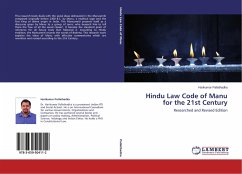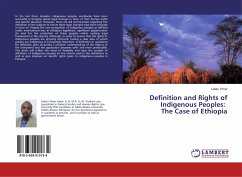The Hindu Succession (Amendment) Act, 2005 is a landmark step. After 50 years, the Government finally addressed some persisting gender inequalities in the 1956 Hindu Succession Act (1956 HSA), which itself was path-breaking. The 2005 Act covers inequalities on several fronts: agricultural land; Mitakshara joint family property; parental dwelling house; and certain widow's. The amendment has come into operation from 2005. This work specifically deals with changes brought in the woman's property rights in Mitakshara joint family property, what effects it will have on the position of women, loopholes in the amendment, its advantages and disadvantages and few suggestions to make it more effectual. Despite the Hindu Succession Act being passed in 1956, which gave women equal inheritance rights with men, the mitakshara coparcenary system was retained and the government refused to abolish the system of joint family.
Bitte wählen Sie Ihr Anliegen aus.
Rechnungen
Retourenschein anfordern
Bestellstatus
Storno








